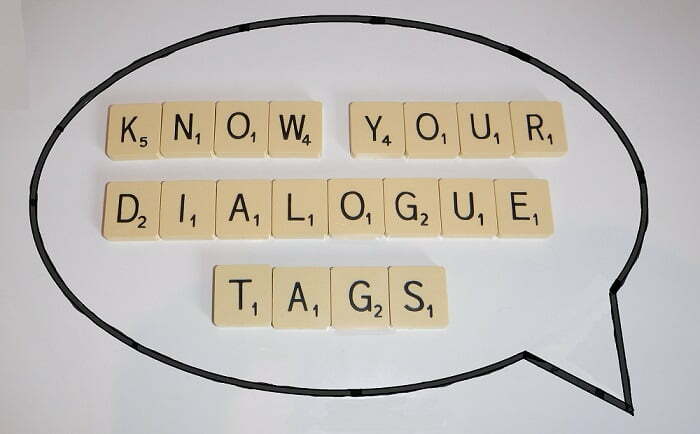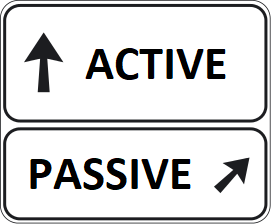Dialogues are what keep the stories alive and moving. Without them, the plot would be patchy, and uneasy to comprehend. Think about it. Without dialogues, you’ll have to convey all the messages through passive voice, making your content readability go down the drain.
To be able to convey your message precisely, you must know how to write them efficiently.

This is why Podium School brings you 5 tips you need to know to write effective dialogues.
Tips to Write Effective Dialogues
Reflect the Character Personality
You know when you read a dialogue and you just know who the speaker is due to their idiosyncrasies? Dialogues alone have the power to reflect a character’s personality.
When we talk to a new person, their language, accent, dialect, and vocabulary allow us to decode their foundational background. The same rule applies to characters in books.
When you are writing the dialogue of a specific character, make sure to encompass the following factors –
Language of the Dialogues
The narration is, most of the time, in a single language. Yet we often come across minor characters such as a teacher, or a friend who speaks another language.
Let’s say the corner shop manager in your story only speaks Spanish. This indicates they might be migrants, or maybe their parents were.

Dialect and Accent
The accent is, in fact, a part of the dialect of a language. The dialect refers to the vocabulary, grammar, and pronunciation of a language that is specific to a particular region. On the other hand, the accent is just the pronunciation.
While writing a character of a specific descent, ensure to inculcate the integral features of it.
For example, if your character is British, they’ll use the term ‘dustbin’ instead of ‘garbage can’, or ‘flat’ instead of ‘apartment’ — the British and American vocabulary differ to a great extent.
Since it is impossible to indicate an accent through words, you’ll have to indicate it by using phrases such as ‘he spoke in a thick British accent’, etc. This will help the readers — who are unaware of different vocabulary and slang — understand the background of your character.
Pro tip – Do thorough research over dialects and accents to avoid stereotypes.
Style of Speaking
Assign a special tone to your character as a part of their idiosyncrasies. It is not essential that the tone of the dialogues of a particular character should be consistent throughout the narration, but must be in most of their dialogues.
If you wish to display a goofy character, their dialogues would usually include jokes and fun sarcastic comments. A character who is always serious would usually only offer wise advice.

Use Action and Gestures
To make the plot more realistic, add actions and gestures to your dialogues to enhance your setting.
Example –
“You look pretty.” She glanced at her sister through the mirror, while braiding her hair.
“Good Job!” He commented with a thumbs up.
Avoid Redundant Information
Do not include information that is not relevant to the plot. Avoid the basic formalities, and greetings unless absolutely necessary.
If you want to depict a scene where a teacher enters a class, you won’t describe the teacher entering, the children ending their gossip, and other such redundant details. Such details are the default in the minds of the readers.
Say two friends who are mad at each other are talking to each other after a long time, that is when a greeting would be relevant as it would display the initiation of an interesting conversation.

Format the Dialogues Precisely
The format of the dialogues is one of the most important factors to keep in mind. Although you may leave that work to the editor, you being the writer, know what the exact message is and how you want to deliver it.
Here is a quick guide to punctuating dialogue
- She said, “This is a line of dialogue introduced by a comma, and the inserting the end punctuation within the inverted comma.”
- “This is a line of dialogue,” she said.
- “This,” she said, “is a sentence split by a speech tag.”
- “This is a full dialogue,” she said. “Here we have a new sentence by the same speaker.”
- “This is a full sentence followed by an action.” He cried. “They are separate sentences because he didn’t speak while crying.”
Another crucial point in formatting dialogues is whenever there is a new speaker, the paragraph changes.
Example –
“Why are you so late ?”
“There was a car accident en route.”

Use Dialogue Tags Aptly
Use speech tags only where it is not clear who the speaker is. Usually, if the conversation is between two characters, we know the exchange will be within those two. And a paragraph change is enough to indicate who the speaker is.
Speech tags are also useful when the emotions switch. Instead of using the word ‘said’, you can choose one from the following based on the sentiment you wish to convey —
sighed, yelled, cried out, demanded, declared, muttered, etc.
Pro tip – Avoid using the same dialogue tags again and again.

Need More Help?
The best way to write dialogue is to consider yourself in that character’s position. Imagine how you would react, and what you say. Read the dialogue out loud — does it sound realistic? The best dialogues are realistic and create a deep impact.
Read other authors. Analyze their style, and amalgamate their style with your own. Reading is the best way to start writing.
Keep Learning
Podium School is a way of easy learning for all the budding artists out there. Our Creative Writing Blog will make you want to start writing a book. Literary devices, use of punctuation, writing precis and essay, composing book reviews and movie reviews, the 101s of publishing your own book — we have everything you need, and much more!
https://www.youtube.com/embed/RPuwKAmV-xg?feature=oembedSome More tips
Our blogs are not limited to creative writing. Public speaking, storytelling, art classes, dance classes — all the things you need for your personality development are available at the Podium Blog. So do check it out!
Share with your friends





